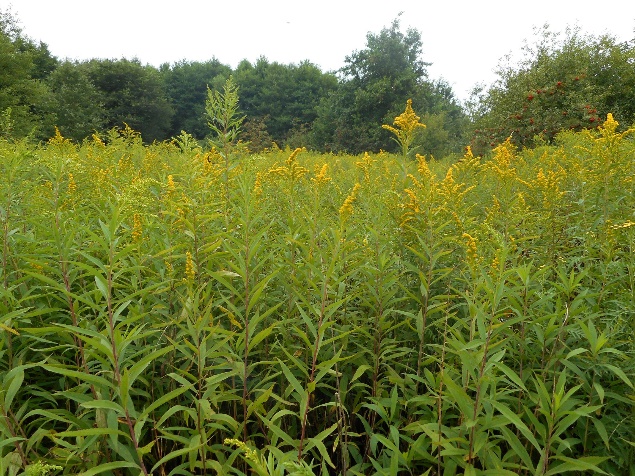Published on 18 May 2020
This Friday, May 22, we are celebrating the International Day for Biological diversity. In recent weeks, the decrease in our activities seems to have given some respite to the flora and fauna. But for several decades and even more in recent years, biodiversity has been declining at an alarming rate.
The IPBES (Intergovernmental Science and Policy Platform on Biodiversity and Ecosystem Services) published in 2019 the first global assessment report on biodiversity and ecosystem services. Its conclusions speak for themselves:
- The global species extinction rate is "tens or even hundreds of times higher than the average over the past 10 million years" …
- "The average abundance of native species in most large terrestrial biomes has dropped by at least 20%."
- For the best-studied taxonomic groups, the proportion of species threatened with extinction is estimated at 25% on average.
- By extrapolation, this suggests that, "of approximately 8 million animal and plant species (75% of which are insects), approximately 1 million are threatened with extinction", including "many in the coming decades, unless measures are taken to reduce the intensity of the factors responsible for the loss of biodiversity".
Report of the Intergovernmental Platform on Biodiversity and Ecosystem Services (IPBES, 2019)
Among the direct factors, the main ones are changes in land and sea use, direct exploitation of organisms, climate change and pollution.
But, alongside these obvious causes, a fifth is perhaps less known to the general public: invasive alien species. The latter has been put under the microscope of the STEREO project INPLANT.
Why study invasions by exotic species?
Invasive alien species are a growing threat to biodiversity and the functioning of terrestrial ecosystems. Their number has increased by about 70% since 1970 in the 20 or so countries for which reliable data are available. They could therefore jeopardize the services that nature provides to society, with far-reaching consequences for human health and the economy.
The INPLANT project team conducted the survey to try to answer all the questions concerning these exotic plant species which, after having been introduced accidentally or deliberately, have conquered large parts of Europe in recent decades: which species are we talking about, when and where did they settle, why do these invasions occur and especially how?
Why and how, the main questions
We already have a black list summing up the species currently considered as invasive and a lot of ecological research has made it possible to determine the factors favoring the establishment of certain exotic species. In addition, many remote sensing specialists have focused on methods of detecting where they are developing.
However, the questions of why these alien species spread and how they affect the functioning of invaded ecosystems remain largely unanswered. The INPLANT researchers sought to develop and apply tools to answer these questions.
Which avenues for studying invasions?
As a starting point, the project researchers used the potential of hyperspectral remote sensing data to better understand the consequences and underlying mechanisms of plant invasions. The link between reflectance and the functioning of ecosystems is not based simply on phenomenological relationships but especially on the biochemical and structural characteristics of vegetation. These characteristics are also called "functional characteristics" and are considered by environmentalists as the essential variables of a plant community which determine its functioning and its health.
Prediction of chlorophyll content from a hyperspectral APEX image
The INPLANT project has demonstrated that it was possible to extend the study of ecosystem dynamics beyond the traditional framework of functional ecology, by integrating optical spectral data and using the recovered functional traits as essential variables of the plant community. The research focused on two functionally distinct and invasive exotic species in Belgium: an annual, the Himalayan Balsam of Himalya (or giant balsam) Impatiens glandulifera Royle and a rhizomatous perennial, the Solidage glabre or Giant Goldenrod Solidago gigantea.
And the results?
The project resulted in several important advances:
- A summary of knowledge regarding the capacity of current hyperspectral sensors and methods to estimate several key characteristics of grassland ecosystems has been established and published in a review of the world literature;
- A new procedure for measuring the reflectance of individual herbaceous species in situ has been developed and evaluated;
- The data on spectral and functional characteristics obtained during the project were stored in the TRY and ECOSIS databases;
- The functional characteristics recovered revealed the impact pathways of the invasion: I. glandulifera and S. gigantea modified the aerial biomass, the stabilization of the litter and the phosphorus available in the soil by selection effects (thus preventing native species to survive), rather than by a decrease in the functional diversity of the community.
More information:
International biodiversity day
Media Release: Nature’s Dangerous Decline ‘Unprecedented’; Species Extinction Rates ‘Accelerating’
STEREO project INPLANT

 Solidago gigantea
Solidago gigantea 